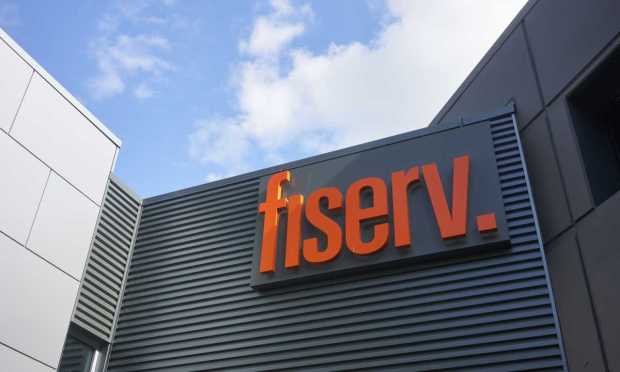Lloyds and Fiserv Team on Wholesale FX Rates to Merchants

Lloyds Bank formed a foreign exchange (FX) partnership with payments company Fiserv.
The collaboration makes Lloyds the first bank “to widely offer wholesale FX rates to U.K. and European merchants for dynamic currency conversion (DCC) on card transactions,” Fiserv said in a Tuesday (Sept. 19) news release.
DCC lets consumers paying for purchases see the cost in their local currency, no matter which currency the merchant uses to display prices, thus offering greater transparency and control over the cost of purchases, per the release.
British businesses using products from Lloyds Bank Cardnet and European businesses on Fiserv’s Carat global commerce platform will get access to Lloyds’ wholesale FX rate for DCC of card transactions, market risk management and settlement services, according to the release.
“This will bolster operational efficiency and help merchants drive more revenue through an enhanced customer experience, with local currency pricing clearly visible at the point of purchase,” the release said.
Merchants will also earn fee revenue for each DCC transaction, according to the release. A pilot of the system is being launched with Carat merchants next month, and Cardnet will follow in early 2024.
PYMNTS examined some of the complexities facing businesses on the FX front last month in a conversation with Isabel Baransky, a director in Global Transaction Services at Bank of America and head of auto conversion products in transactional FX payments.
“Companies are constantly competing for where to put their energy,” Baransky said at the time. “So, even companies that have been sending FX payments for a long time generally struggle to find ways of making their processes more efficient.”
Nevertheless, even companies new to the FX ecosystem quickly conclude that they are sending the same payment over and over again.
“A company that wants to make changes to their FX payments may need to renegotiate their invoices or fill out templates to send these iterative payments, and that’s just a lot of work, frankly,” she said.
But she also noted that there are “so many potential savings to be realized from managing cross-border payments well, in addition to modernization benefits around efficiencies including speed of payment and transparency.”
